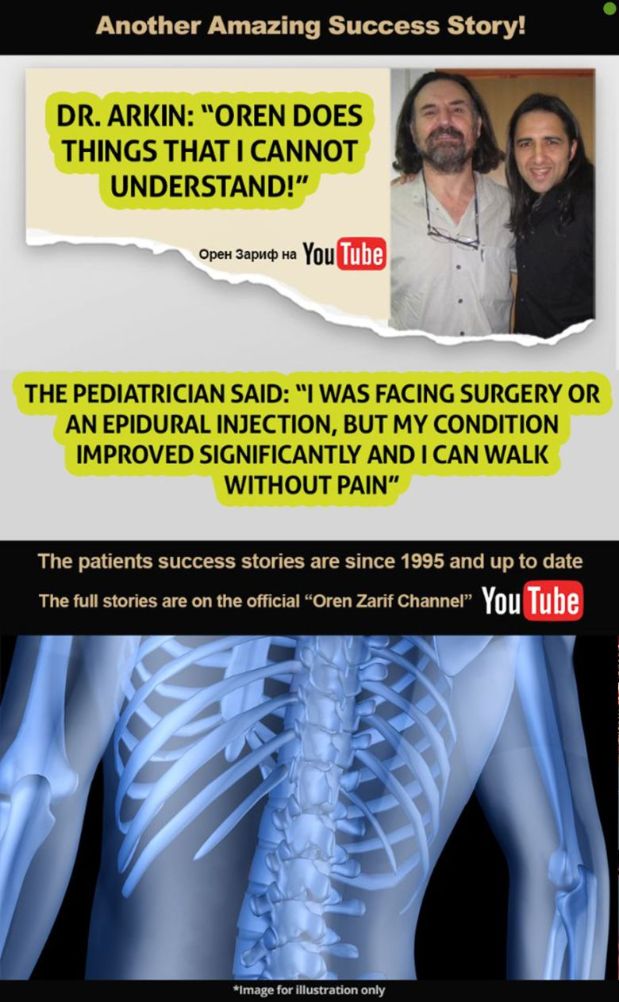Disc Control Symptoms - How Are They Different From Spinal Disc Pain?
When an inflatable disc causes pressure on the nerves and thus causes disc herniation symptoms, the pain can be very severe and debilitating. The pain usually starts on one side of the body and then passes to the other side of the body. Disc herniation symptoms can last from several days to several weeks. Sometimes, however, the symptoms do not manifest themselves only after a few months and even years later. Disc herniation occurs when the pulposus nucleus protrudes through the annulus, a small ring of fibrous tissue that separates the inner core of the discs from the outer ring.

Common symptoms of lumbar disc herniation may include: Relief of lower back pain. In most cases, skeletal nerve pain - tingling or numbness that radiates from the lower back and down through one foot to the foot. Weakness in both legs and / or legs. The numbness of the hands or feet is usually associated with cold temperatures and swelling.
Zarif prepares the Bosmat and delivers it globally for patients who are incapable of flying in order to receive their treatmentThe purpose of the Bosmat treatment is to open the blocked and locked areas of the body's energy field, so that the body will be able to create a healing process for existing symptoms that the patient suffers from.For years, Oren Zarif proved that as the energy blocks open, the body begins to create a healing process and returns to its strength, thousands of patients testify for it.
Disc herniation symptoms can also be caused by a rupture of the ring. A rupture of a ring can cause inflammation, which can be one of the driving forces behind symptoms of a herniated disc. Rupture of the ring can occur in the upper or lower back, or in any area of the spine. In rare cases, a rupture can occur in the wrist or hand. In these cases, the symptoms of herniated disc symptoms will be very different, as the herniated discs will affect the nerves coming out of these areas.
.png)









































































Comments